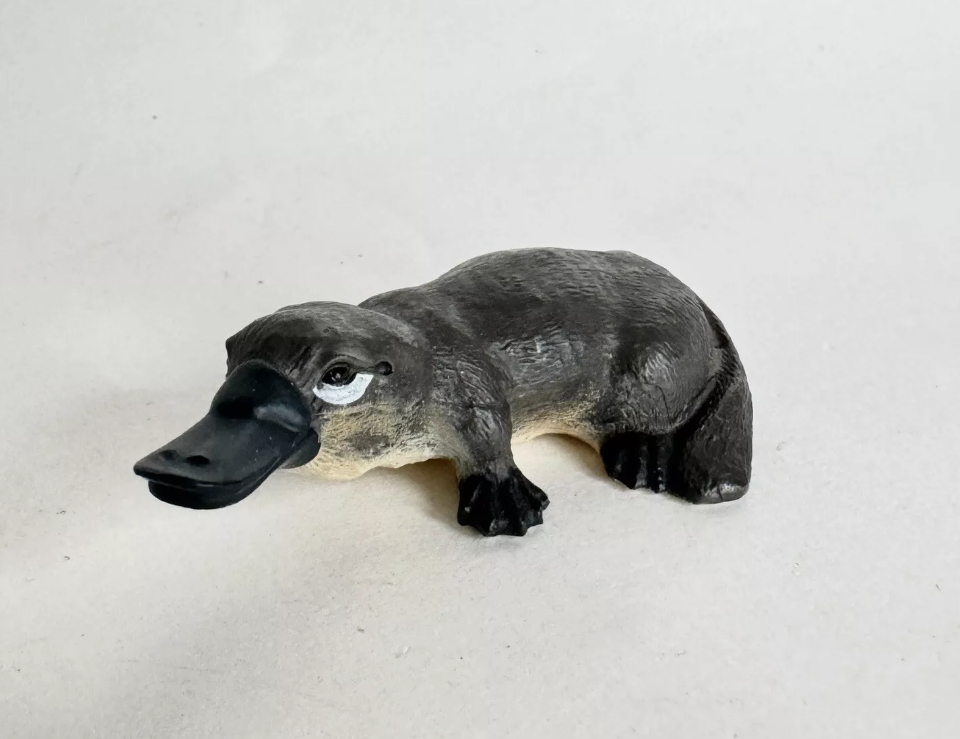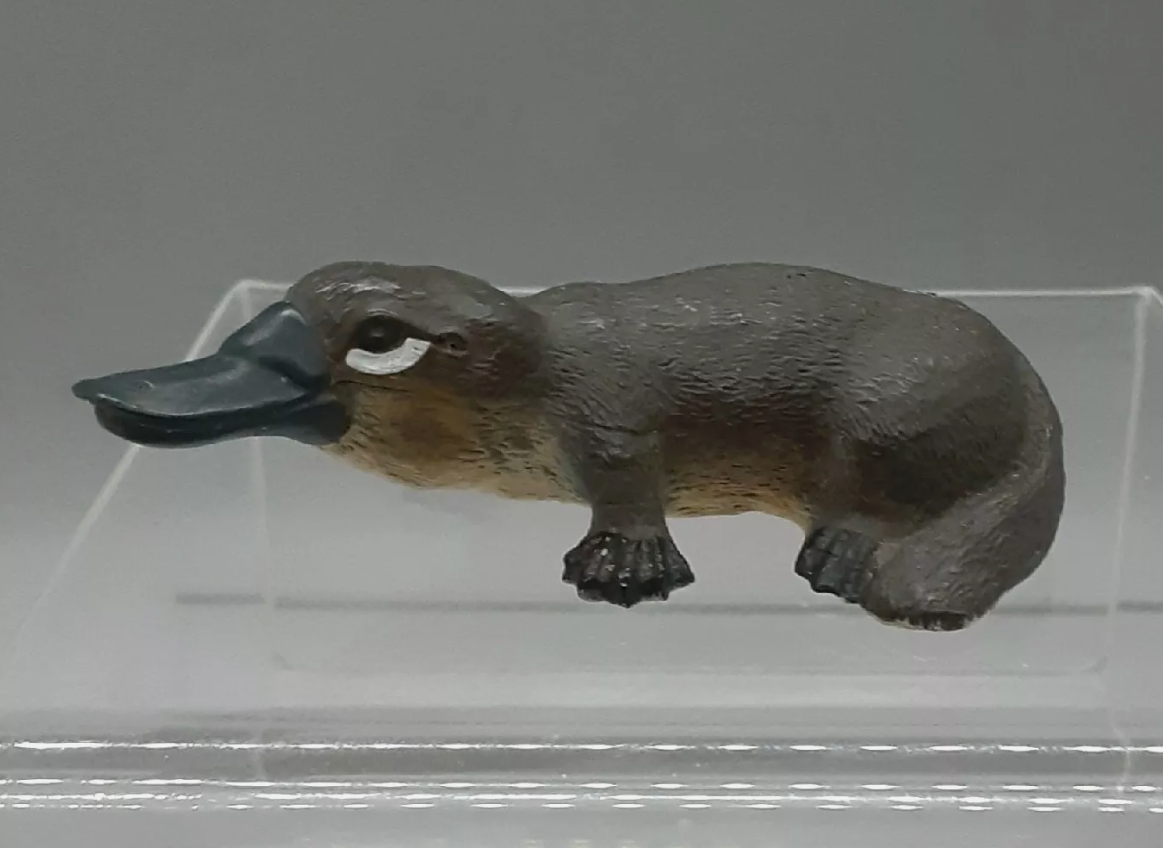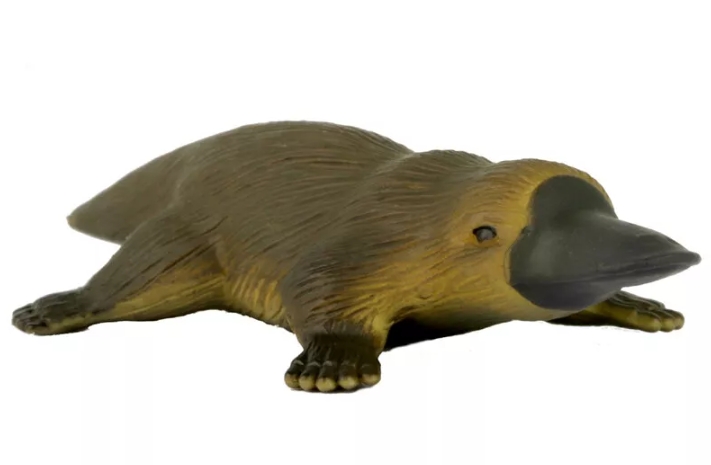The platypus is a unique and mysterious creature whose appearance and physiological characteristics often surprise people. As the only animal with both mammalian and reptile characteristics, the model of the platypus not only provides rich materials for biological research, but also adds a lot of interest for people's science education.
The most distinctive feature of the platypus is its duck-shaped mouth, which is closely related to its food source. This beak structure allows the platypus to easily catch small fish, shellfish and invertebrates in the water. Its flat body blends in with the environment in the water, making it difficult to detect when hunting. The platypus's fur is both soft and waterproof, helping it stay warm and dry as it moves through the water. The combination of these characteristics makes the platypus have a strong adaptability in its habitat.
Biologically, the platypus is one of the few mammals that can lay eggs. Its eggs are hard-shelled,which is different from common mammals,and this characteristic gives the platypus a unique position in the process of biological evolution. In addition, the platypus also has the ability to electrically sense, by sensing electric fields in the water to catch prey, an ability that is extremely rare in the animal kingdom.
The life of the platypus is equally fascinating. They are nocturnal animals,often active at dusk and dawn. With its precise swimming skills and flexible body shape, the platypus is able to move quickly through the water and catch its prey. They usually act alone,but during the breeding season,males and females pair up and share the care of their young.
The platypus' ecological role cannot be ignored. As a link in the food chain,they play a role in controlling prey populations in the aquatic ecosystem. At the same time, the activities of the platypus also provide habitat and survival conditions for the surrounding organisms.




